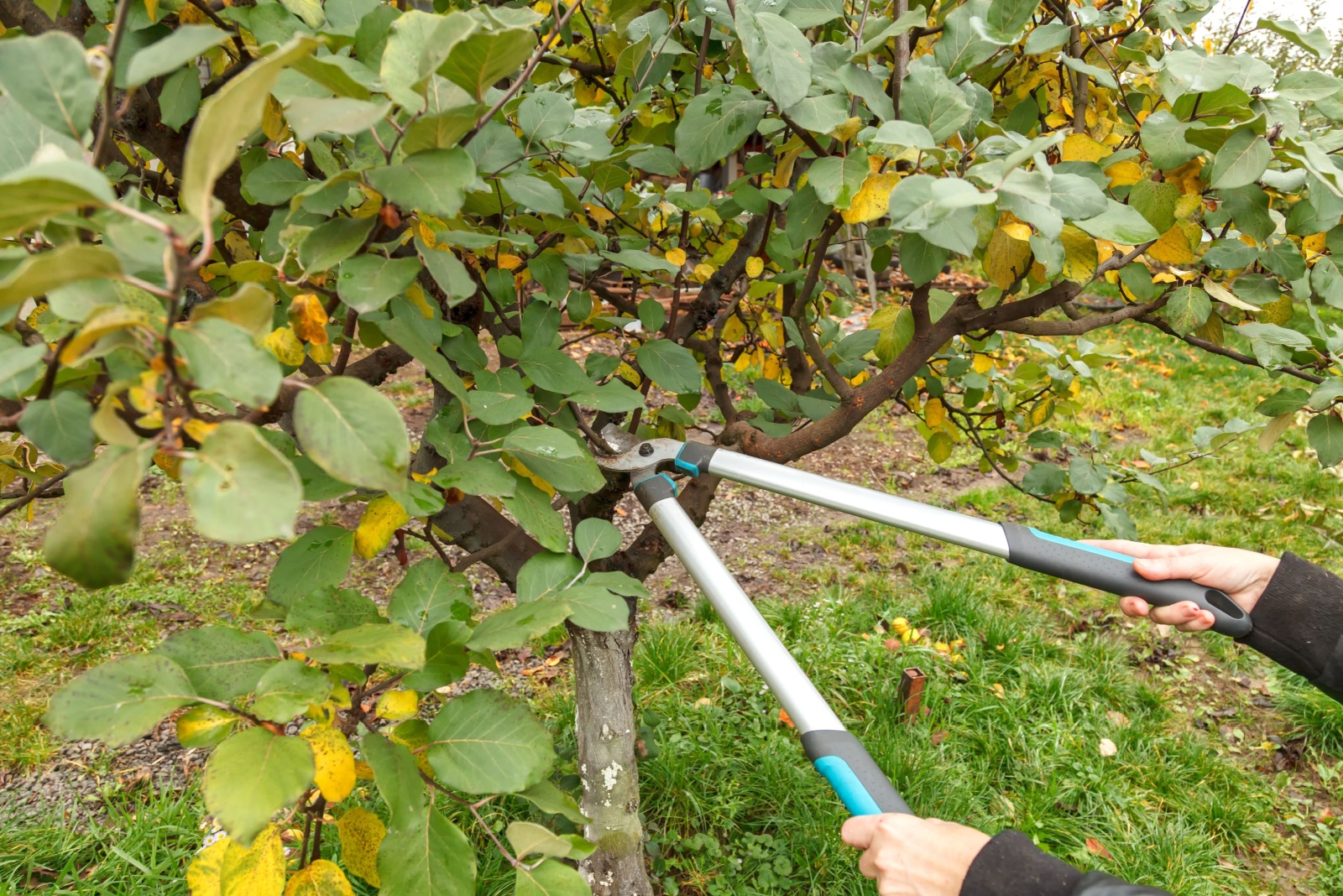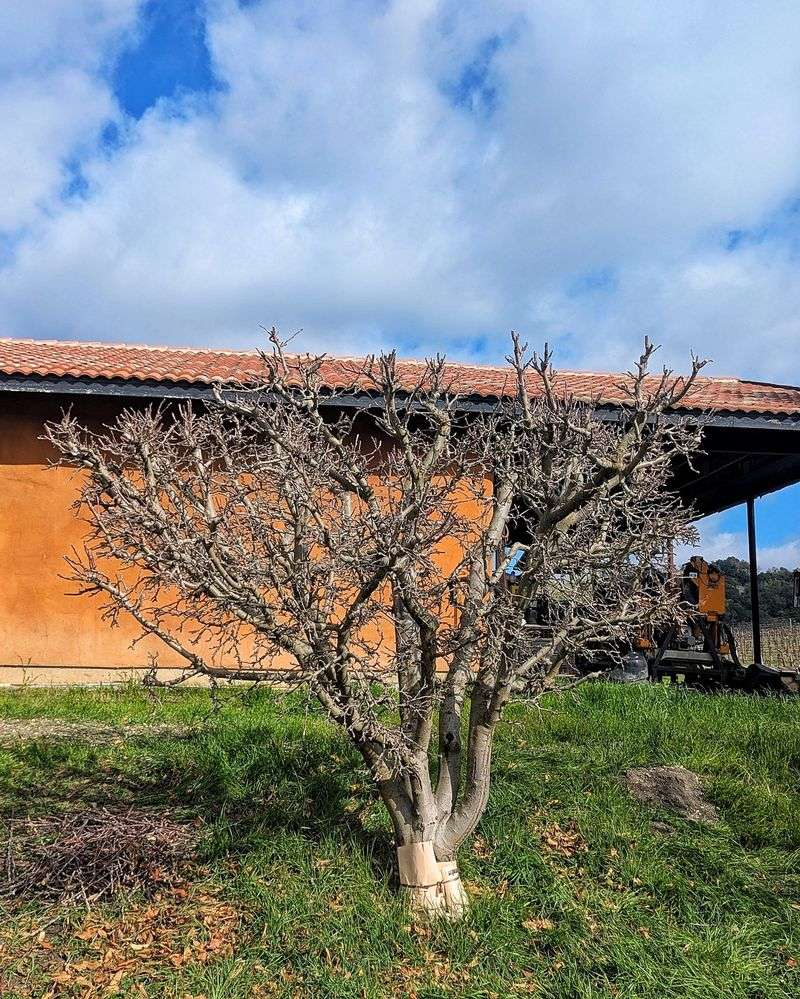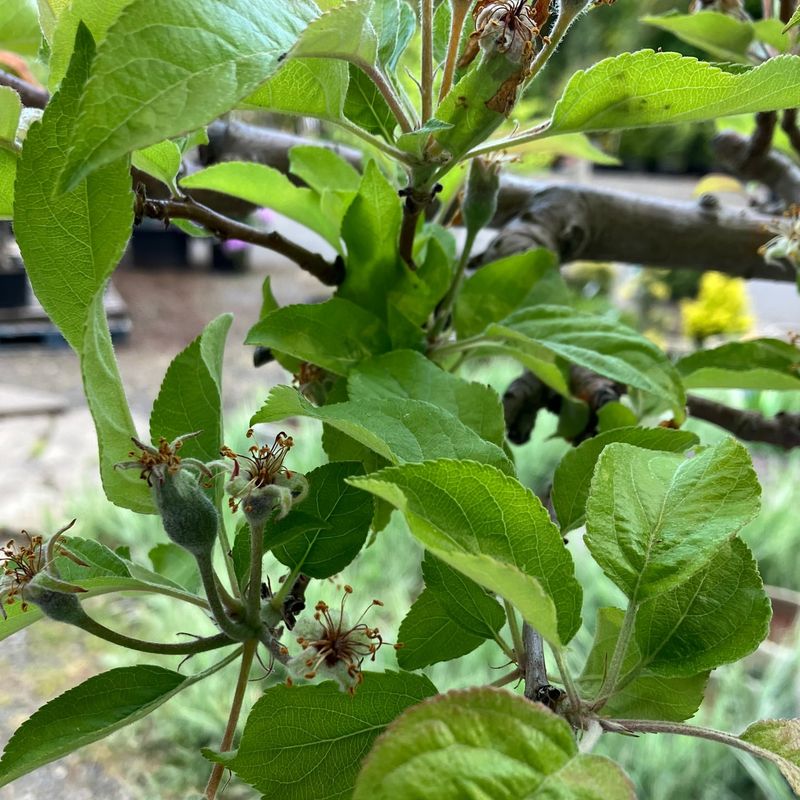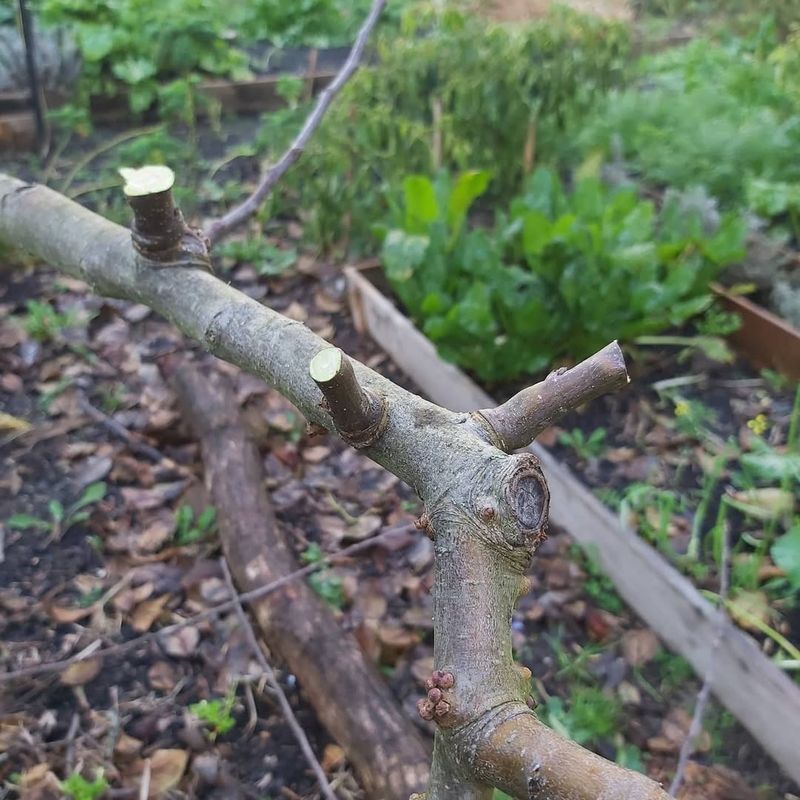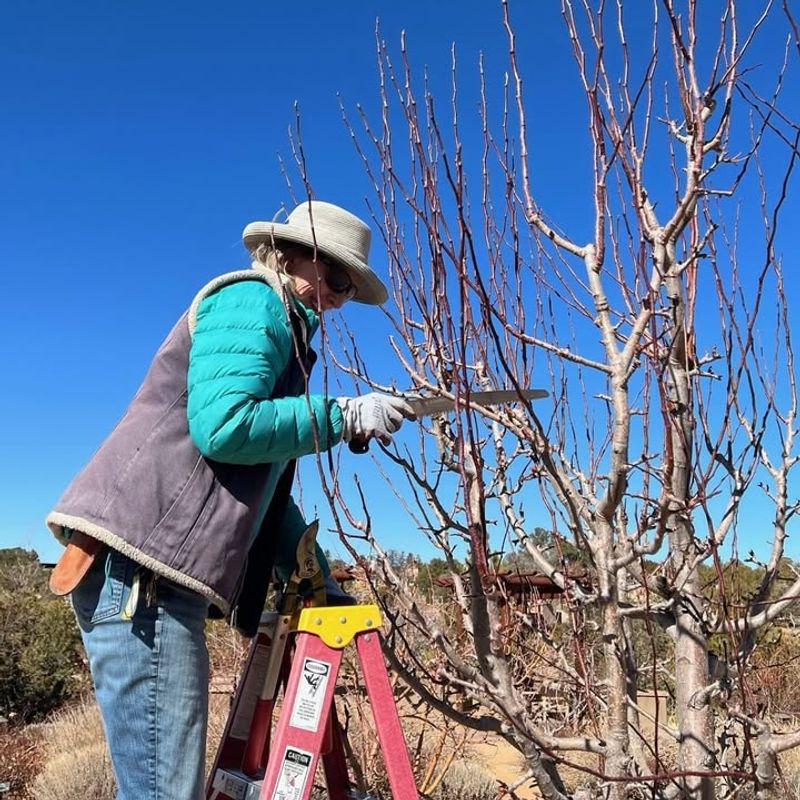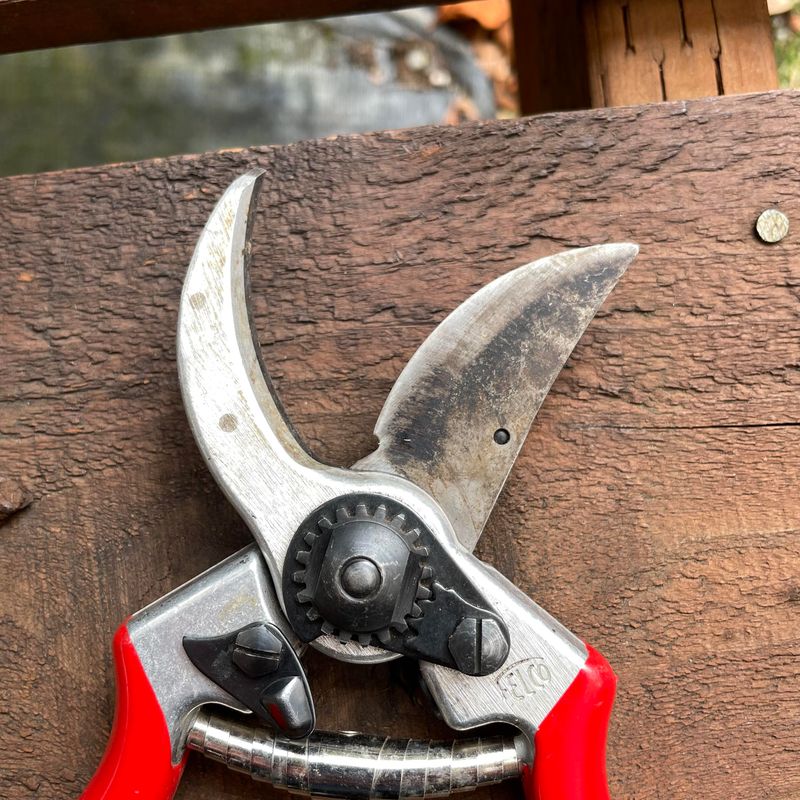Winter can be tough on trees, especially when they’re not properly prepared. Pruning at the right time helps Virginia homeowners protect their trees from harsh weather and promotes healthy growth come spring.
Knowing when to pick up those pruning shears makes all the difference between thriving trees and ones that struggle through the cold months ahead.
1. Late Fall Offers The Perfect Window
Once leaves have dropped and trees enter dormancy, you’ve hit the sweet spot for pruning. Virginia’s climate typically sees this happen between mid-November and early December, depending on your specific location.
Dormant trees handle the stress of cutting much better than active ones. Wounds seal more effectively, and there’s less risk of attracting pests or spreading disease since most insects aren’t active during cooler months.
Watch for that first hard frost as your signal to start planning your pruning schedule.
2. Avoid Pruning Too Early In Autumn
Cutting branches while trees are still actively growing can cause serious problems. Early autumn pruning stimulates new growth that won’t have time to harden off before freezing temperatures arrive in Virginia.
This tender new growth becomes extremely vulnerable to frost damage and can weaken the entire tree. Sap still flows heavily in early fall, making cuts messier and slower to heal properly.
Patience pays off here—wait until leaves have completely fallen and the tree has clearly shut down for winter before making any cuts.
3. Understanding Your Tree Species Matters
Not every tree follows the same pruning schedule. Maples, birches, and walnuts are heavy bleeders that lose excessive sap if pruned in late winter, so tackle them earlier in Virginia’s dormant season.
Oak trees need special consideration because of oak wilt disease—prune them only during the coldest months when beetles that spread the disease aren’t flying around. Spring-flowering trees like dogwoods should wait until after they bloom.
Research your specific tree types before grabbing your tools to avoid costly mistakes.
4. Check Weather Forecasts Before You Start
Timing your pruning around Virginia’s unpredictable weather patterns makes a real difference. Extreme cold snaps right after pruning can damage fresh cuts before they have a chance to seal.
Look for a stretch of mild, dry days when temperatures hover above freezing. Rain immediately after pruning can introduce fungal spores and bacteria into open wounds, leading to infections that compromise tree health.
A few days of stable, moderate weather gives your trees the best chance to begin the healing process successfully.
5. Remove Damaged Branches First
Winter storms across Virginia can snap branches and create hazards around your property. Removing these compromised limbs should be your top priority during pre-winter pruning sessions.
The wood provides no benefit to the tree and actually creates entry points for insects and disease. Damaged branches that hang precariously pose safety risks to people, vehicles, and structures below, especially when ice and snow add extra weight.
Clearing out this problem wood also makes it easier to assess what other pruning your tree might need.
6. Sterilize Your Tools Between Cuts
Disease spreads quickly through contaminated pruning equipment, turning a helpful task into a disaster. Virginia homeowners should clean their shears, saws, and loppers with rubbing alcohol or a bleach solution between trees and even between major cuts on the same tree.
This simple step prevents transmitting fungal infections, bacterial diseases, and viruses from one branch or tree to another. Fire blight, cankers, and other common tree ailments travel easily on dirty blades.
Keep a spray bottle of disinfectant handy throughout your pruning work.
7. Consider Professional Help For Large Trees
Pruning tall trees or thick branches requires specialized equipment and training that most Virginia homeowners don’t have. Working from ladders near power lines or over structures creates serious safety hazards.
Certified arborists understand proper cutting techniques that promote healing and prevent permanent damage to tree structure. They carry insurance that protects you if something goes wrong during the job.
Large pruning mistakes can take years for trees to overcome, or worse, create weak points that lead to future failures. Sometimes the smartest move is calling in the experts.

